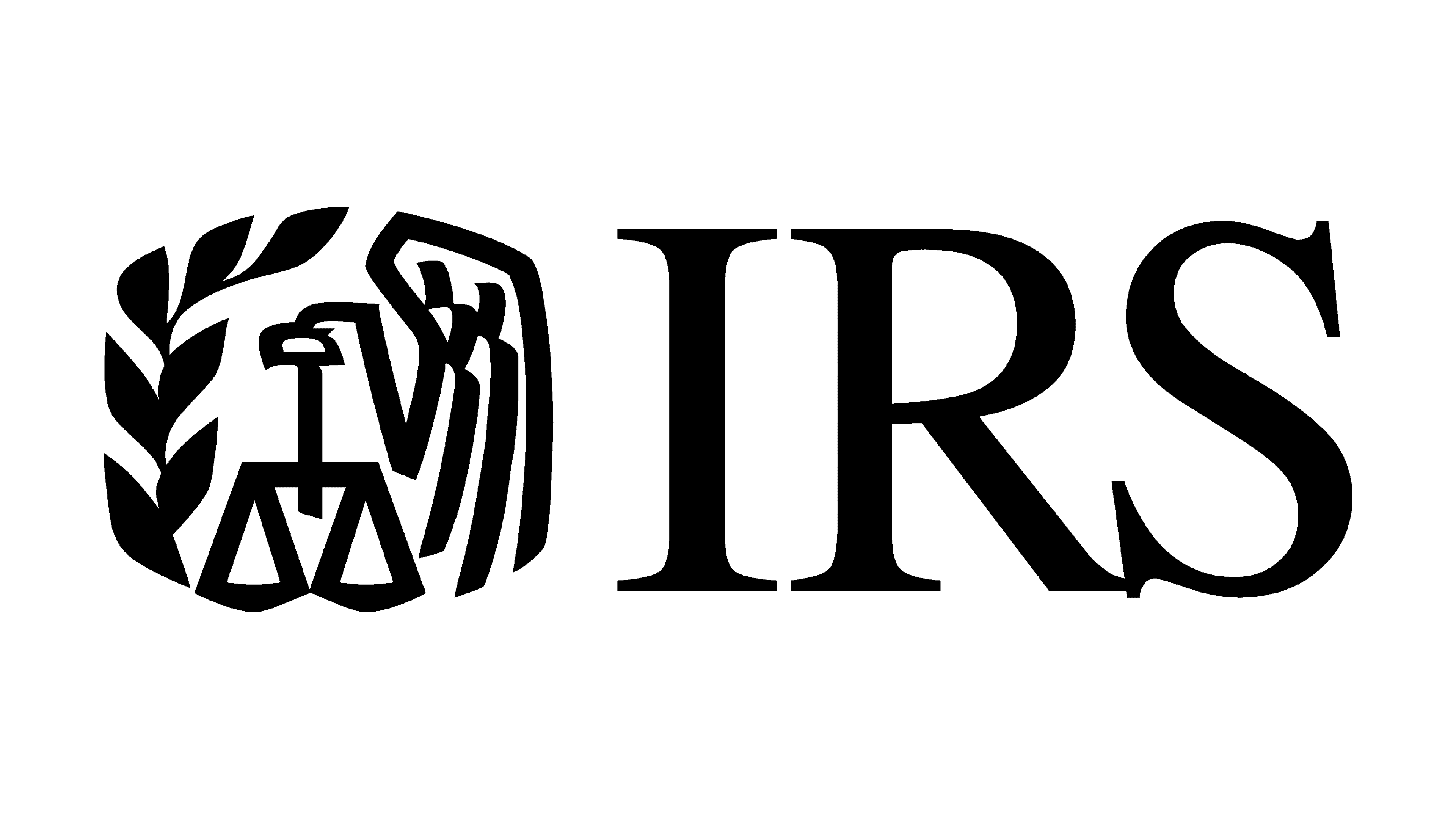IRS Logo
The IRS, or Internal Revenue Service, is a U.S. government agency responsible for tax collection and tax law enforcement. It was created during Abraham Lincoln’s presidency, primarily to fund the Civil War through income tax. Originating in Washington, D.C., the IRS ensures individuals and corporations comply with the U.S. tax code, facilitating the collection of federal taxes, which support government operations and services. Its creation marked a pivotal moment in U.S. fiscal policy development.
Meaning and history
The IRS emerged in 1862, birthed by Lincoln’s law for Civil War funds. It’s based in D.C., focusing on tax enforcement. Initially, it funded war efforts through income tax, a novel U.S. concept. Post-war, tax duties expanded, evolving with the economy. The 16th Amendment in 1913 cemented its role, allowing federal income tax. Throughout the 20th century, the IRS adapted to new financial landscapes, modernizing and digitizing for efficiency. Its mission: to collect taxes fairly, fund government services. Despite controversies, it remains pivotal in fiscal policy, shaping U.S. financial health.
What is IRS?
The IRS stands as the financial backbone of the U.S. government, tasked with collecting taxes and enforcing tax laws. It’s a pivotal entity ensuring the nation’s fiscal operations run smoothly, converting taxpayer contributions into vital public services.
1918 – Today
A deep navy blue ring boldly declares “TREASURY” and “INTERNAL REVENUE SERVICE”, encircling the seal that exudes authority. At the heart lies a golden shield, where scales of justice assert tax equity, a star-studded chevron echoes the founding states, and a steadfast key embodies the security and integrity entrusted to the service. This emblem stands as a guardian of the nation’s taxes, deeply rooted in the bedrock of American heritage and principles.
1965 – Today
The logo features bold, black letters “IRS” where the “S” elegantly curves into a formality. On the left, a stylized eagle, a U.S. symbol of power and vigilance, sits within a laurel wreath, suggesting honor and achievement. The eagle is perched beside scales of justice, representing fairness in taxation. The design’s stark monochrome contrasts convey clarity and strength, embodying the agency’s authority in tax administration.













